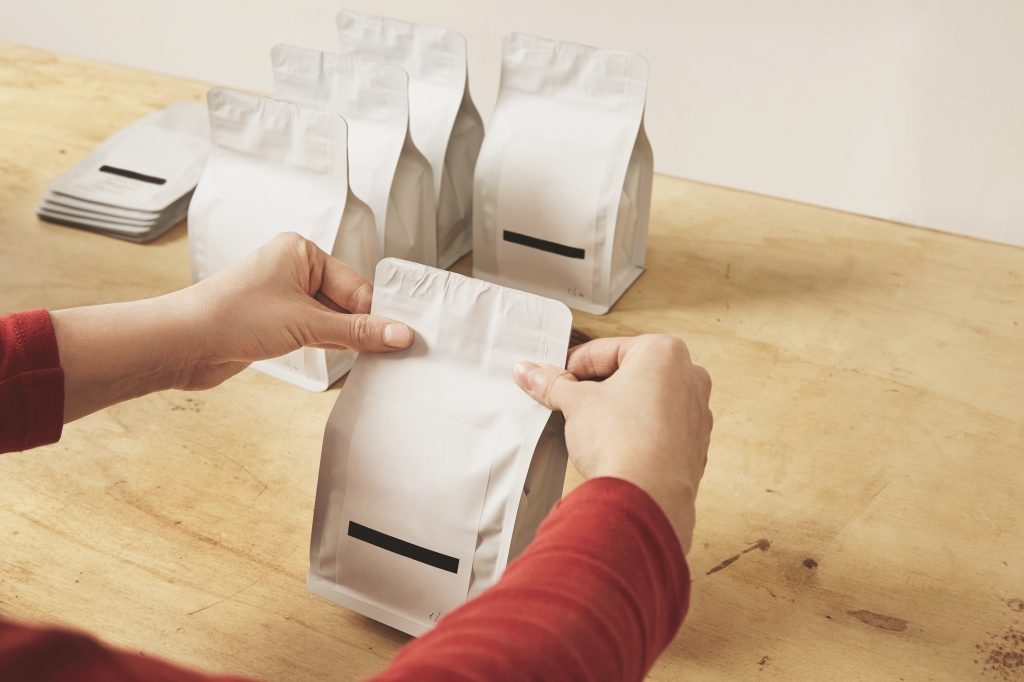Sustainable packaging
Sustainable packaging is the next big thing in the food manufacturing industry. Many consumers are becoming environmental conscious in their choices. For example, a consumer will choose a canned product that is BPA free versus a can with a BPA lining. Also, other food manufacturers are making their packaging out of recycled material. Here in Seattle, straws are made of compostable material. Plastic is banned in all restaurants to help save the environment. In grocery stores, there are recyclable bags vs plastic bags. Bringing your own bag is encouraged, or five cents is added to your receipt. I bring my own bag to avoid the charge, but I forget sometimes.
Packaging, and shelf-life
Packaging has a big influence on the shelf-life of food. For example, Sand Koelsch of ift.org mentions the following, “food that are high in sulfur, such as peas, require a specific coating on the inside of a can and a specific coating on the inside of steel-based caps of glass jars.” The article also talks about how temperature and humidity have a role in packaging. The different types of packages react differently to external factors. This leads to a shorter shelf-life of the product, and in turn, texture, flavor, and color is lost.
Dairy Global nutrition provides one example of how shelf-life and packaging works in the dairy industry; packaging decisions by food manufacturers depends on several factors such as temperature, pH, and humidity of the product. The package will either extend or shorten the shelf-life of a product. There are several shelf-life studies done on a product to find out how long a product lasts. This will give the consumer the “best by” date, which is the date the product’s flavor, color, and texture starts to decline. The product is still safe to eat, but the quality is not at its optimum.
The following presentation provides a great explanation of shelf-life and packaging:

Solutions with packaging
PreScouter on Medium provides a list of companies that uses innovative packaging solutions. The diagram lists solutions to extend shelf-life of different products. For example, Apeel’s Edible Coating provides a sticker that prevents spoilage of fruits, vegetables, and reducing food waste. Website: https://www.apeel.com/
Future of Packaging & Shelf-life
As more consumers change their buying habits; sustainable products will be a priority & important in the near future. Packaging will change for the better as consumers will order online more. Food manufacturers will start using packaging that is recyclable, compostable, or innovative. Also, during the time of COVID-19, the global online market has grown. This will drive for specific packaging & products that are more sustainable.
I hope you are ready for the future because it will be very different. We might even eat the packaging one day.

In my future blog, I continue my discussion about consumer perceptions. What are the important questions to ask for companies? and what changes are occurring after the pandemic?
References
- Packing Innovation (2020). Website: https://www.packaginginnovation.com/eco-packaging/sustainable-packaging-design-4-easy-ways/
- Sand Koelsch, Claire (March, 2020). Packaging that meets shelf-life goals. Food Technology – Advancing Food & Health Through Sound Science (Vol. 74, No. 3). Website: https://www.ift.org/news-and-publications/food-technology-magazine/issues/2020/march/columns/packaging-that-meets-shelf_life-goals
- RPC M&H Plastics (2020). Website: https://mhplastics.com/sustainable-packaging-solutions/
- Website: https://www.pastaequipments.com/news/food-shelf-life-and-its-importance-for-consumers/
- U.S. Dairy Export Council. Website: https://www.dairyglobalnutrition.org/safety-and-quality/shelf-life-and-packaging#Color/Browning
- Website: https://www.slideshare.net/METERGroup/water-activity-201-shelf-life-and-packaging
- Website: https://www.apeel.com/
- Sand Koelsch, Claire (July 1, 2020). The Role of Metal in Food Packaging. Advancing Food & Health Through Sound Science (Volume 74, No. 7). Website: https://www.ift.org/news-and-publications/food-technology-magazine/issues/2020/july/columns/packaging-the-role-of-metal-in-food-packaging

Pingback: Food safety – Alimentative
Pingback: Sustainable packaging, governments, companies, and consumer perceptions | Living Well In The 21st Century